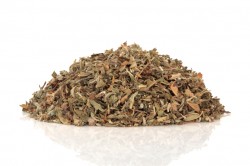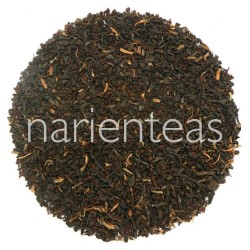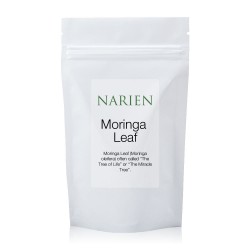- Brewing & Distilling
- Caffeine Free
- Culinary
- Fair Trade
- Medicinal
- Organic
- Sprouting Seeds
- Tisane
- Viable Seeds
- Wildcrafted
Free Shipping $49+
December Discount 10%
Bancha
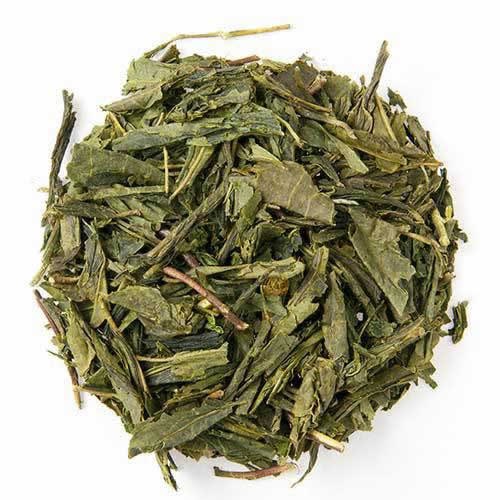
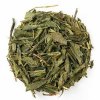

Organic Japan style bancha green tea
Bancha is made using second flush leaf plucked during late summer and early autumn. The leaves are characterized by wide coarse leaves, and makes a robust and full flavored cup.
In Japan it is said that like the ancient culture of the Samurai and Geisha, Bancha is intrinsically linked to the spirit of the country.

According to legend a Buddhist priest named Daruma, unable to stay awake during long ceremonies, tore out his eyelids so that his eyes might never close. These he threw in the temple garden where they took root and produced a tea plant with eyebrow-shaped leaves. Soon afterward the priest and his fellow monks began plucking the leaves of the miraculous tea plant.
Using a technique learned from their Buddhist brethren in China they began drying the leaves under the eaves of their temple. The tea became very popular with the monks and in time, with the pilgrims who came to hear their teachings. As part of their lesson in the way to Buddhist enlightenment, the monks taught the pilgrims how to produce and consume Bancha as a way to relax and understand the cycles of life.
The pilgrims brought the techniques back with them to their villages and soon bundles of leaves could be found drying at family homes throughout the country.
As decades passed, growing and producing Bancha became a common household chore with each family developing their own unique method of growing and crafting the tea. Drinking the flavorful brew allowed them a few moments of quiet reflection where they could contemplate the world and their place in it.
Although in later years Sencha would overtake Bancha in popularity, for many centuries Bancha was the most commonly consumed beverage in Japan.
Brewing Bancha
Steep 45 sec - 1 min at 80°C (175°F)Recommended
These statements have not been evaluated by the Food and Drug Administration. This product is not intended to diagnose, treat, cure, or prevent any disease.
